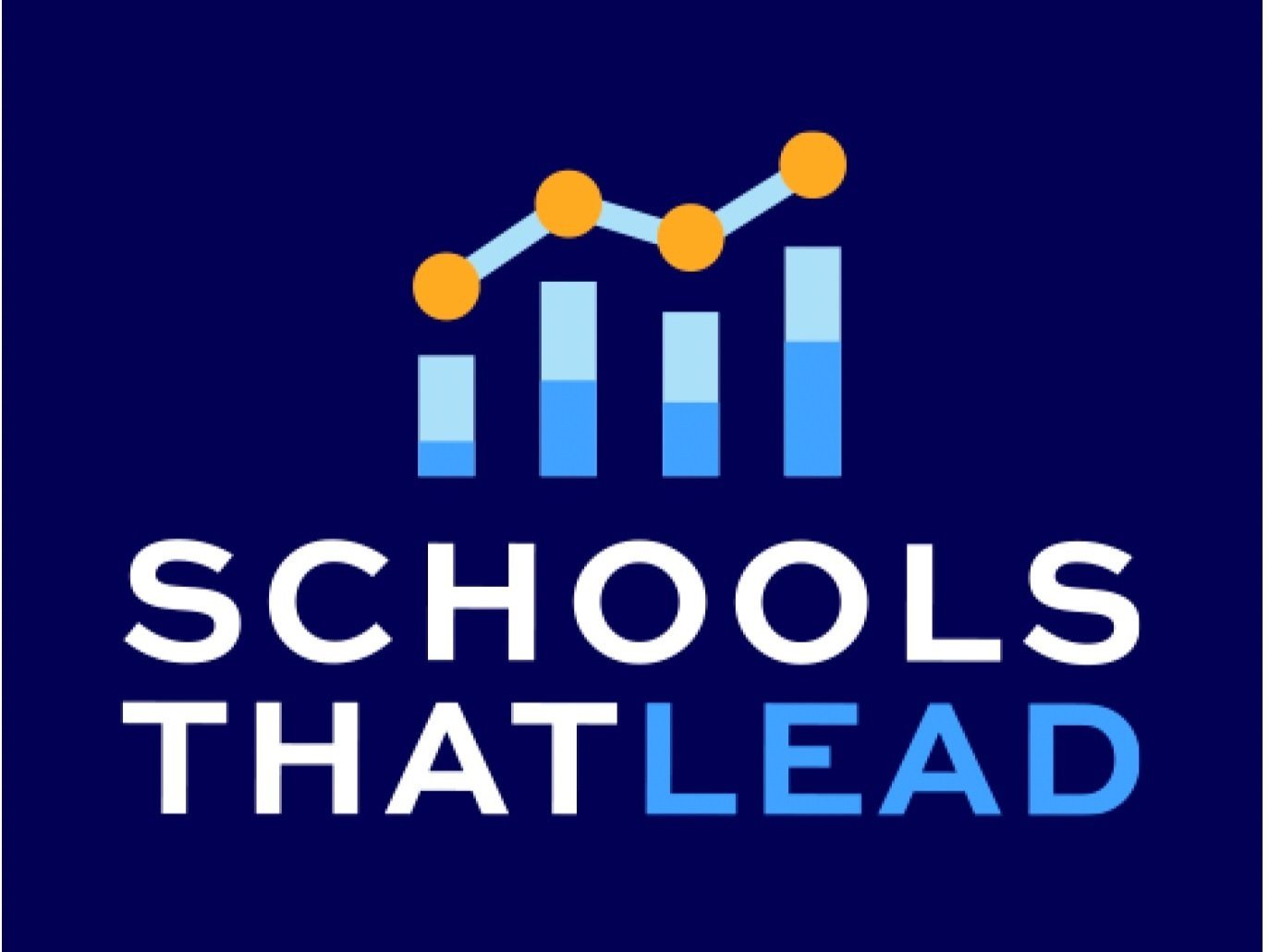How to Use the Collective Impact Model in Education
The collective impact model is a framework for orchestrating multi-stakeholder collaboration to achieve significant systemic change.
In education, the collective impact model involves establishing an agenda for school improvement, measuring key performance indicators (KPIs), coordinating mutually reinforcing activities, promoting continuous communication and improvement. These form the backbone for creating meaningful change in a school’s culture.
By examining how the essential components of collective impact are applied within an academic setting and highlighting proven benefits alongside recognizable challenges needing mitigation, educational leaders can strategically implement the collective impact model to accelerate school improvement and improve student outcomes.
What is the Collective Impact Model?
The Collective Impact Model was first theorized in 2011 to tackle deeply entrenched societal issues that were resistant to conventional solutions. The Model states that orchestrating the collaborative contributions of various cross-sector stakeholders is necessary for achieving progress at scale.
Here are the model's 5 core principles of the Collective Impact Model:
Common Agenda
All participants share a jointly developed vision for change, including a common understanding of the problem and a joint approach towards solutions, setting the collective table.
Measuring Success
Collecting data consistently from participants ensures shared measurement, transparency in evaluating progress, instilling accountability, and promoting urgency.
Mutually Reinforcing Activities
Coordinating differentiated participant contributions towards coherent strategies prevents duplication and capitalizes on inherent synergies between complementary capabilities, collectively amassing maximum impact.
Continuous Communication
Consistent communication nurtures trust, objective alignment, and relationship bonds, reinforcing unified efforts' resistance to inherent systemic complexities that could fracture coalition cohesion over years without dedicated collaboration infrastructure.
Organization
Collective impact requires dedicated staff to serve the coordination, facilitation, data management, and logistical organization functions that glue collaborations together into sustained movements.
By embracing comprehensive coordination as essential to progress, stakeholders transform issues that seem impossible to tackle alone into solvable shared priorities benefiting whole communities. Now, let's apply these proven principles for collective impact within academic settings.
How to Apply the Collective Impact Model in Schools
While schools already convene various internal and external stakeholders around learning, improvement science utilizes collective impact practices to improve engagement and coordination, which benefits sustainable school improvement in areas such as
Creating a Plan of Action
Make opinions easy to share, identify shared challenges, and establish objectives so all contributors can contribute to create a school improvement plan of action that is based on both quantitative and qualitative data.
Shared Measurement
Establish consistent data instruments and centralized analysis flows to monitor priority areas, provide real-time dashboard visibility into the performance trajectory needed, and adjust interventions based on empirical evidence.
Aligning Activities
Get organizational partners, parents, and local businesses to reinforce learning across formal and informal locales in coordinated ways, preventing disjointed academic interventions from working at cross-purposes and stunting learner development everywhere.
Communication & Collaboration
Nurture open channels, enabling educators and families to constantly share observations, concerns, and insights together while also fostering collaboration, welcoming family participation, co-designing learning activities, and motivating each student.
Building an Infrastructure
Organize specialized cross-functional teams to create alignment, data standardization, progress oversight, and continuous stakeholder engagement, making harmonized district-wide coordination possible long-term.
The Benefits of Utilizing the Collective Impact Model
Instituting coordinated collective impact foundations elevates struggling districts by yielding wide-ranging benefits when incorporating improvement science through:
1. Shared Responsibility
Ownership for progress beyond just educators creates supportive rather than antagonistic community dynamics, sharing burdens and lifting youth upwards together.
2. Improved Resource Utilization
Cataloging and coordinating the optimized utilization of partner capabilities and knowledge assets prevents duplication while identifying critical gaps that require stakeholder assistance.
3. Data-Driven Decisions
Instant centralized data visibility fuels adaptable interventions, as needs manifest in real time rather than waiting months, as cascading consequences silently snowball across lagging indicators, falling irrecoverably behind student needs.
4. Sustained Improvement
Mutual stakeholder accountability cements a commitment that resists dissipation over the course of the school improvement plan’s implementation.
5. Unified Perspectives
Open communication channels for stakeholders from unique ethnic and socioeconomic backgrounds remove biases.
6. Cultural Responsiveness
Stakeholders co-design district policies and activities to ensure a learning environment that is welcoming and respects all student abilities and backgrounds.
How to Integrate the Collective Impact with School Improvement Plan
Following best practices for coordinated school- and district-wide improvement updates, school improvement plans to institutionalize collective impact tenets by:
Codifying a Shared Agenda
Formalize priority challenges and success metrics to guide all activities and investments, creating long-term strategic focus beyond annual budget cycles.
Centralizing Shared Measurement
Automate data tracking and accessibility with cloud-based analytics, allowing decision-makers to contribute insights and educational leaders to direct resources.
Structuring Collaborative Activities
Establish liaison positions like parent/community coordinators to bridge external partnerships with internal needs, welcoming diverse voices.
Formalizing Feedback Channels
Create centralized issue-logging intake forms for students, parents, and partners to compile and coordinate resolution paths, enhancing continuous responsiveness and improvement.
Create a Leadership Team
Expand decision support roles like data analysts, process improvement specialists, and family engagement coordinators to integrate existing siloed capabilities into a cohesive ecosystem benefiting learners.
The Bottom Line
While school improvement plans often focus on establishing accountability, sustained progress requires mechanisms that foster coordinated responsibility across entire communities that uplift students and educators alike. Now is the time for bold investments that will seed lasting change in America’s schools. Positive change by utilizing data can transform entire school districts through compassion and commitment.
Learn how Schools That Lead helped North Carolina educators create their own strategies for managing the students in their care and improving student outcomes, such as a greater decline in chronic student absences than the state average.
Frequently Asked Questions:
1. What is the Collective Impact Model in education?
The Collective Impact Model is a collaborative approach where multiple organizations work together with a common agenda, shared measurement systems, and active involvement of all stakeholders to achieve a specific social outcome, such as improving educational outcomes. Unlike traditional partnerships, the Collective Impact Model emphasizes a more coordinated and data-driven approach, involving a backbone organization to facilitate collaboration and ensure accountability.
2. How does the Collective Impact Model differ from other collaborative approaches?
Unlike traditional collaboration, the Collective Impact Model emphasizes a structured approach with five key principles: a common agenda, shared measurement, mutually reinforcing activities, continuous communication, and a backbone organization. This ensures sustained, systemic change rather than isolated, short-term initiatives.
3. What challenges might schools face when implementing the Collective Impact Model?
Schools may struggle with securing consistent stakeholder engagement, aligning diverse interests, and managing the complex logistics required for sustained collaboration. Additionally, limited resources and resistance to change can hinder the successful adoption and long-term sustainability of the Collective Impact Model.
4. Can small schools or districts implement the Collective Impact Model effectively?
Yes, small schools or districts can successfully implement the Collective Impact Model. By focusing on specific, achievable goals and leveraging local partnerships, they can create a strong foundation for collaboration. A backbone organization can play a crucial role in providing support and guidance to smaller entities.
5. How do Improvement Science Tools fit into the Collective Impact Model?
Improvement Science Tools, such as Plan-Do-Study-Act (PDSA) cycles, align seamlessly with the Collective Impact Model by providing a structured approach for testing, implementing, and refining collaborative strategies, ensuring continuous, data-driven improvement in school performance and student outcomes.

TAQWANDA HAILEY
Taqwanda is the Chief Analytics Officer for Schools That Lead. With a Bachelor of Science in physics from North Carolina Central University, she has taught both secondary school and community college courses.


